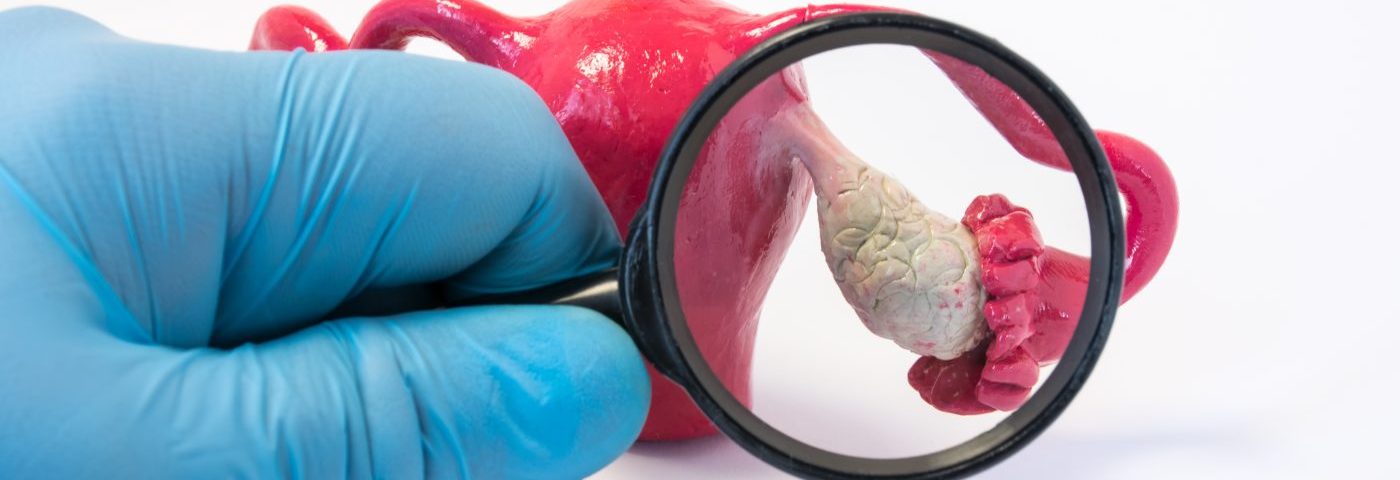Orilissa (elagolix), an FDA-approved medication for managing endometriosis pain, lowers ovulation rates in a dose-dependent manner but does not seem to affect the amount of developing eggs in the ovaries — which is important for maintaining a woman’s fertility — a Phase 1 trial reports.
The study, “Elagolix suppresses ovulation in a dose-dependent manner: Results from a 3-month, randomized study in ovulatory women,” was published in The Journal of Clinical Endocrinology & Metabolism.
An oral medication, Orilissa was approved in the U.S. in July 2018 for the management of moderate-to-severe endometriosis pain, including painful periods (dysmenorrhea), painful intercourse (dyspareunia), and nonmenstrual chronic pelvic pain. It is sold by AbbVie and is available as 150 mg and 200 mg tablets.
The therapy works by dialing down the signals of gonadotropin-releasing hormone (GnRH), a hormone that stimulates the production of follicle stimulating hormone (FSH) and luteinising hormone (LH). In turn, these hormones stimulate the maturation and release of an egg during ovulation, and the production of estrogen in the ovaries.
Orilissa inhibits GnRH receptors in the brain’s pituitary gland — an organ that produces many of the body’s hormones — preventing FSH and LH production and lowering estrogen. This helps reduce inflammation and relieve pain.
Because estrogen makes endometrial lesions grow, lowering its levels is a common way to manage the symptoms of endometriosis.
Orilissa also is under development for the management of heavy menstrual bleeding associated with uterine fibroids.
In healthy, premenopausal women, a prior trial showed that Orilissa was well-tolerated and quickly brought down estrogen levels. This effect could be rapidly reversed after the women stopped taking the medication.
In a subsequent study, Orilissa doses higher than 100 mg twice daily led to such low levels of progesterone — an ovarian hormone that rises after ovulation to prepare the body for pregnancy — that it suggested ovulation was stopped. However, the study was too short to fully determine whether this really was the case.
To specifically address this question, AbbVie scientists — joined by researchers at the Eastern Virginia Medical School in Norfolk, Va. — conducted a trial in healthy women to characterize the effects on ovulation and sex hormones of different doses and dosing regimens of Orilissa.
The trial was a Phase 1, randomized, open-label study (NCT01403038) that enrolled 205 healthy, premenopausal women, ages 18 to 40 years, in the U.S.and Puerto Rico.
Orilissa pills were given during three 28-day dosing intervals (84 consecutive days) at 100 to 200 mg once daily, 100 to 300 mg twice daily, and 300 mg twice daily plus estradiol/norethindrone acetate (E2/NETA; brand names Activella and others) once daily. E2/NETA therapy consists of lab versions of estrogen and progesterone, and is used to treat menopause symptoms.
Throughout the study, ovulation rates — specifically, how many times each woman ovulated — were measured by transvaginal ultrasound, which uses an ultrasound probe placed inside the vagina, as well as blood levels of several hormones, including estradiol and progesterone. Estradiol is the main estrogen found in women.
The study confirmed that Orilissa suppressed ovulation in a dose-dependent fashion. The percentage of women who ovulated was highest at 100 mg daily (78%), followed by 150 and 200 mg daily, and 100 mg twice a day (47%-57%). It was lowest at 200 mg twice daily (32%) and 300 mg twice daily (27%).
Taking E2/NETA in addition to Orilissa further reduced the ovulation rate by 10%, but did not lower estradiol levels any further. Blood levels of progesterone also confirmed these results.
The treatment also lowered overall levels of LH and FSH, resulting in suppression of estradiol and progesterone in a dose-dependent manner. This supported the prior observations. It also made the uterus wall, called the endometrium, stay thinner throughout the menstrual cycle.
However, Orilissa did not seem to harm the ovaries’ pool of developing eggs than can be fertilized — known as the ovarian reserve. This was indicated by the levels of anti-Müllerian hormone (AMH), a hormone secreted by cells in developing egg sacs, which remained relatively stable throughout the study.
This finding is important for women’s fertility.
It suggests “that there was the continued growth of small follicles [ovarian structures where eggs develop] during the treatment period. Given that endometriosis and uterine fibroids are common in women of reproductive age, the rapid return of ovulatory function may be desirable in this population,” the researchers said.
After stopping treatment with Orilissa, normal menses took a maximum of 42 days to resume.
As for safety, 79% (162 of 205) of women experienced a treatment-related side effect. The most common were headache (25%), hot flush (23%), and nausea (19%).
Overall, the study shows that women with Orilissa have lower ovulation rates but may still ovulate. Thus, women using the medication “should use effective methods of contraception,” the researchers said.

